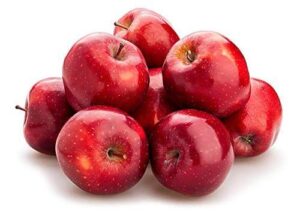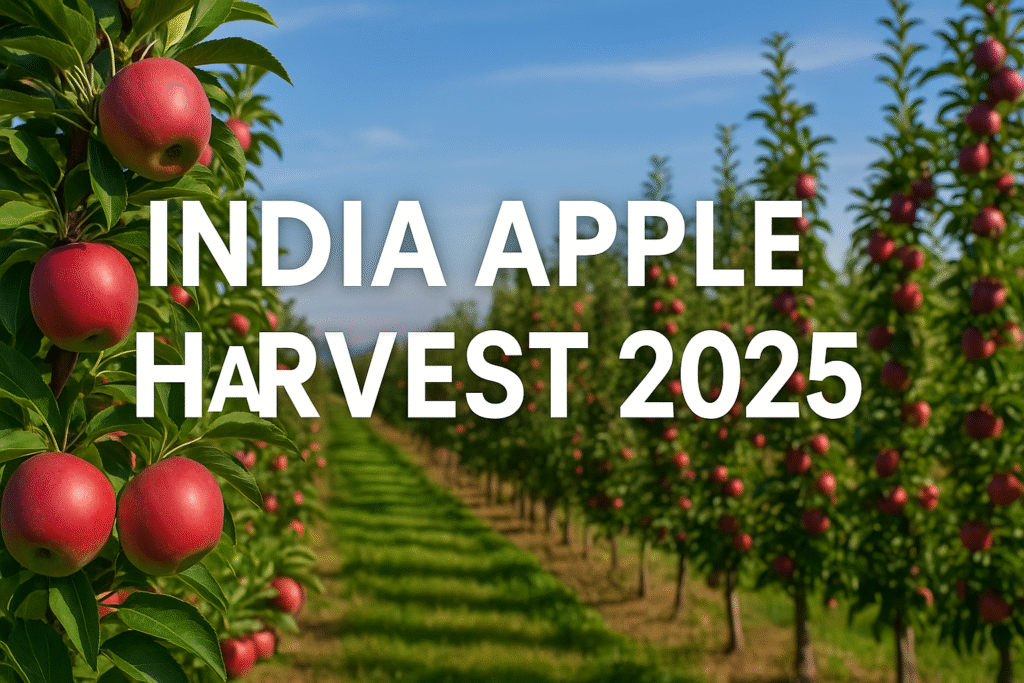India apple Harvest 2025: Export Growth, Farming Trends & Global Demand
India is witnessing one of its strongest apple harvest seasons in 2025, thanks to favorable climatic conditions, strategic horticulture policies, and rising global demand driven by geopolitical shifts. From Himachal Pradesh to Kashmir, apple orchards are not just blooming — they’re booming with export potential.
🌍 Global Trade Dynamics Boosting India’s Apple Export in 2025
The global fruit trade is undergoing a transformation. With geopolitical tensions affecting supply from traditional exporters like China and Turkey, India’s apples have found a sweet spot in global markets. Exporters are now eyeing regions like the Gulf, Southeast Asia, and even Europe to fill the apple supply gap.
Key Factors Driving Global Demand for Indian Apples:
- Restrictions on Chinese agricultural exports
- India’s strong trade agreements like India-UAE CEPA
- Better fruit quality and pesticide-free certifications
- Faster cold-chain logistics in North India
🍏 Apple Production Trends in India 2025
India’s apple production is expected to cross 2.9 million tonnes in 2025, with Himachal Pradesh and Jammu & Kashmir leading the harvest. Improved irrigation, high-density planting, and technology adoption are transforming traditional orchards into modern agri-business hubs.

Emerging Apple Farming Trends in India:
- Use of drones for pest monitoring and orchard management
- Government horticulture subsidies under India’s Agri Export Policy 2025
- Organic apple farming gaining popularity
- Shift from low-yield traditional varieties to high-density apple plants
📦 Apple Export Growth: India’s Global Apple Trade Outlook
India’s apple exports are projected to reach $150 million in 2025. The Gulf countries — especially UAE, Oman, Saudi Arabia, and Qatar — have become major importers of premium-grade Indian apples. Exporters are also exploring Southeast Asian markets like Malaysia and Singapore.
India’s Key Apple Export Statistics 2025:
- 30% growth in apple export volume YoY
- Expansion of cold storage hubs in Srinagar and Shimla
- Supportive export incentives from the Ministry of Commerce
- Indian apples now seen on shelves in Dubai’s Lulu Hypermarkets
🚜 Farmer Benefits from Apple Harvest Boom
The apple surge isn’t just a trade win — it’s transforming rural livelihoods. Farmers are earning better margins, accessing direct export channels, and gaining support from agricultural startups and FPOs (Farmer Producer Organizations).
How Apple Farmers Are Winning in 2025:
- Higher farm-gate prices due to reduced middlemen
- Training on post-harvest handling and export quality control
- Agri-tech firms helping farmers reach global markets
📉 Key Challenges Facing Indian Apple Industry
While the future looks promising, Indian apple growers and exporters still face a few challenges:
- Climate volatility in hill regions
- Limited access to export-grade packaging facilities
- Competition from Iran and Turkey in low-price markets
🌿 Horticulture and Apple Farming: A Sustainable Future
With proper policy support and private sector collaboration, India’s horticulture sector — especially apple farming — can become a model of sustainable agri-export growth. Apple farming is now more than seasonal income — it’s a year-round agribusiness.
Suggested Government Reforms:
- Expansion of Farmer Export Facilitation Centers (FEFCs)
- Incentives for organic and residue-free apple farming
- Market linkages with European and East Asian buyers
🧭 Conclusion: Is India Ready to Become a Global Apple Leader?
In 2025, India is not just harvesting apples — it’s harvesting opportunity. If the momentum continues, Indian apples could become a household name globally, with exports doubling in the next five years.
From better prices to global prestige, India’s apple growers are finally enjoying the fruits of progress.
📣 Join the Conversation!
Are you a farmer, trader, or apple lover? Drop your comments below and tell us what you think about India’s apple revolution! 🍎
👉 Don’t miss our update on India’s growing horticulture exports and agriculture export strategies.

